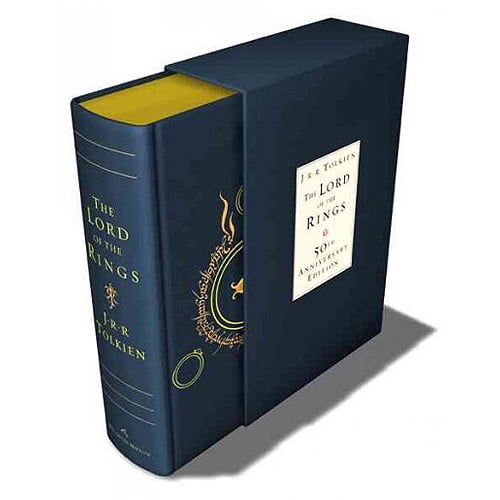Dear Self-Published Novelists: Please tell the whole story
Barbara Nicolosi, founder of Act One, a Christian screenwriting
The Perils of Plotting
Last week I had one of those head colds that knock me out for about three days. My oxygen-starved brain was having trouble just trying to remain conscious, so writing anything was definitely out. So I turned to a freebie Kindle book I had downloaded recently, for something fairly mindless to read in my few, brief moments of wakefulness. I was quite enjoying it -- interesting premise (some sort of alternate or prehistory history earth?), promising characters, a developing mystery, an ancient monotheistic religion about to make a comeback. By the time I reached
By the time I reached
Turn the page and there is a notice that Book Two of this
series can be purchased from Amazon. Perhaps you heard my response to that,
dear reader, from whatever far-flung corner of the globe you inhabit – did you
hear a distant roar of outrage and disgust coming from the direction of Texas?
If I’d been reading a physical book, rather than my Kindle, you would also have
heard a thump as the book hit the wall, followed by more thumps and growls as I
jumped up and down on it. I had, once again, been duped into thinking that my
freebie “book” was actually a novel, a story with a beginning, middle, and end,
when it was actually just a fragment.
 |
| It's a good thing I don't practice voodoo, or this might have been the fate of a certain writer! |
This writer (whom I will leave in anonymity; die in
darkness, you dog!) evidently thinks that novels of a certain kind should be
written – and sold – in three volumes. However, the word “trilogy” means “three
Learn from the Master
The fact is, sixty years ago, John Ronald Reuel Tolkien
completed an enormously long romance he entitled The Lord of the Rings. His
publisher insisted that such a lengthy tome could not be contained in a single
volume; with the scarcity of paper in post-war Britain,
a single huge volume would have been prohibitively expensive. (No doubt the
publisher was also dubious that many people would want to read such a long
story and didn’t want to invest too heavily in something that might not pan
out.) At any rate, the publisher agreed to publish the story only if it were
broken into three volumes – not an unprecedented practice, as many early novels
were published in two or three volumes, for similar practical reasons. Tolkien
was not happy with this arrangement, but he went along with the publisher's requirements. If you read Lord of the Rings, you
can see that none of the volumes even tries to be more or less complete in
itself; the first two volumes just sort of break off, but that’s okay because
the reader knows that the physical end is arbitrary and the story itself goes
on until Sam Gamgee returns to his home in Bywater after waving Frodo off on
his voyage into the West, sits down by the family hearth, plops his infant on
his knee, and says “Well, I’m back.”
 |
| Lord of the Rings in a single volume makes for a hefty and expensive tome. |
The practical considerations that, in the past, led publishers to bring out lengthy novels in multi-volume editions simply do not apply to novels written today. There are plenty of monster tomes, such as the lengthy novels of Edward Rutherford, that attest to the fact that modern printing technology can easily produce very long books in single volumes, even in economical paperback formats. With digital books, there really is no limit to the length of a single e-book file.
Now, I understand that there is some market pressure for writers who wish to attract readers to produce novel series (new novelists are often advised not to publish a novel until they have already written its sequel), but there is a big difference between writing a series of stories (with overlapping casts of characters, settings, and even plots) and writing a single story stretched out over the length of several titles. The former practice is acceptable, even venerable, but the latter is deceptive and crass, and no self-respecting novelist should engage in such trickery. At the very least, writers who do so should warn the prospective reader that a given volume contains only a fraction of the story, and that the reader will have to purchase several titles in order to get the whole story. Failure to do so is a dirty trick.
What this writer (I can’t call him a novelist) may not realize is that he has lost one reader forever, because he evidently doesn’t know what a story is. Too bad. He had some good fragments. If only he'd had a good editor, too.





Comments
Post a Comment